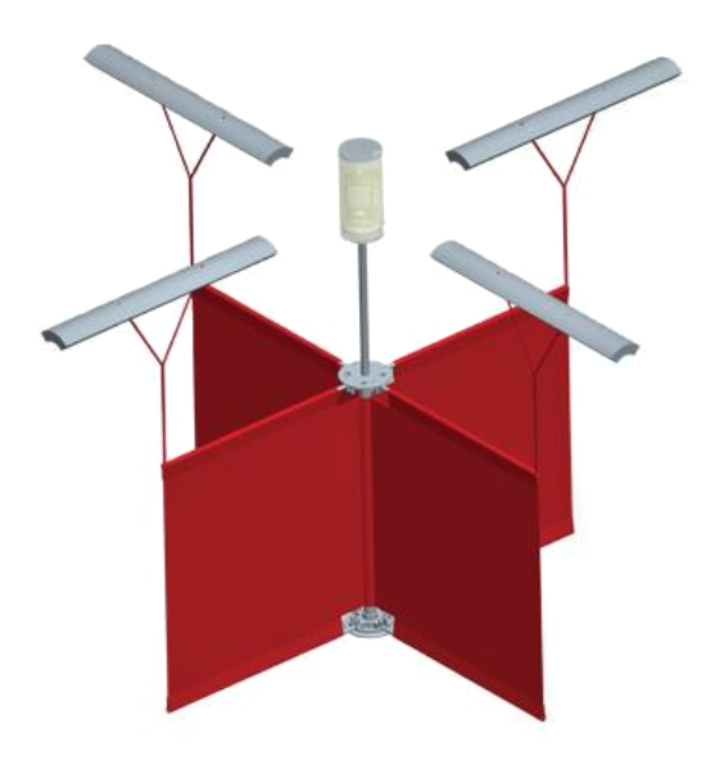
MetOcean Telematics (MetOcean) has been awarded a five-year, blanket purchase agreement (BPA) to supply the United States Coast Guard (USCG) with their search and rescue buoy, the Iridium Self Locating Datum Marker Buoy, also known as the iSLDMB.
MetOcean Telematics has supported and supplied Coast Guards (CG) around the globe with a cost-effective and reliable search and rescue (SAR) buoy for more than two decades. The United States Coast Guard, a core-user of the iSLDMB, has experienced first-hand the numerous operational advantages of this SAR buoy.

During an active SAR event, the MetOcean iSLDMB allows Coast Guards to quickly travel to the event location via aircraft and then deploy the buoys by air in the region of interest. This ability significantly reduces overall search time and as a result, it assists in saving lives at sea.
The iSLDMB also aids in reducing overall SAR operational costs and adds additional safety and protection for Coast Guard personnel. By deploying several buoys in a suspected event location, it reduces the number of Coast Guard SAR vessels, aircraft, and personnel required to travel to the event location.
The iSLDMB simply does the work. Each buoy provides vital real-time data at the top 1 meter of the ocean surface. The first 1 meter of the ocean is a critical measurement parameter when accurately detecting a person or asset lost at sea.
The iSLDMB is a true “smart-buoy.” Each buoy is equipped with an Iridium satellite transceiver, GPS, light flasher, air, and sea surface temperature sensor. The suite of sensors enables the buoy to provide critical real-time lifesaving data through the Iridium satellite network.
The Iridium transceiver also allows SAR operators to communicate via satellite with the buoys during an active SAR event. Bi-directional over-the air commands can be sent by operators through MetOcean’s secure LiNC data management system. This is a critical ability, if the buoy enters a region of particular interest or if a SAR event is prolonged and there is a need to conserve battery life to prolong buoy operating life.
The MetOcean iSLDMB is used by Coast Guards; Navies, Oceanographic Institutes, Environmental Agencies, and Oil and Gas companies around the globe and these organizations have also incorporated the MetOcean iSLDMB into their safety and logistical operations.
“We are pleased to be in a position to support the search and rescue efforts of the United States CoastGuard. This partnership has spanned several decades, and it is a true testament of the reliability and steadfastness of the MetOcean iSLDMB. We look forward to supporting the USCG and other Coast Guards with their SAR buoy operational requirements for many years to come,” said Tony Chedrawy, CEO of MetOcean Telematics. “The MetOcean iSLDMB is truly the most reliable, cost effect, buoy when lives are on the line.”
